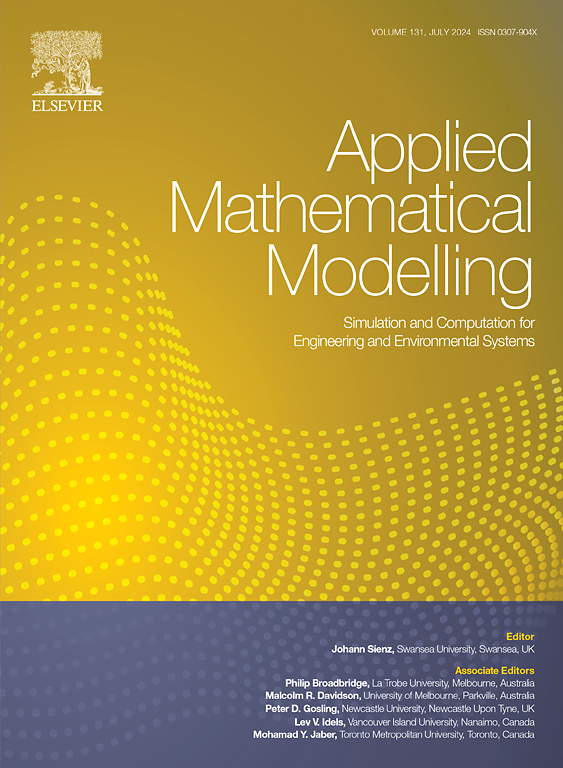信念信息方差
IF 4.4
2区 工程技术
Q1 ENGINEERING, MULTIDISCIPLINARY
引用次数: 0
摘要
与大数定律一致,高斯分布是一种普遍存在的分布,其特征是其期望和方差。期望表示系统的平均状态,而方差则表示系统的波动程度。信息熵表示对信息内容的期望,邓熵将这一概念扩展到质量的分布。作为复杂系统的关键属性,关联信息的方差一直是一个未解决的问题。本文引入了信念信息方差的概念,解决了质量函数框架中的一个空白。它深入研究了这种提出的方差的数学属性,包括非负性、平移不变性和同质性。利用熵增原理,通过遍历质量空间来研究方差的时间动态,揭示了复杂表面上两种类型的动态轨道。此外,在真实数据集上的分类实验表明,纳入方差可以提高证据性决策方法的分类精度。方差的引入为研究信念信息的波动性提供了理论基础。本文章由计算机程序翻译,如有差异,请以英文原文为准。
Variance of belief information
In alignment with the law of large numbers, the Gaussian distribution is a prevalent occurrence characterized by its expectation and variance. The expectation denotes the mean state of the system, whereas the variance encapsulates the system's degree of fluctuation. Information entropy represents the expectation of information content, with Deng entropy extending this concept to the distribution of mass. As a pivotal attribute of complex systems, the variance of the associated information remains an unresolved issue. This paper introduces the concept of belief information variance, addressing a void within the mass function framework. It delves into the mathematical attributes of this proposed variance, including non-negativity, translation invariance, and homogeneity. Utilizing the principle of entropy increase, the paper investigates the temporal dynamics of variance by traversing the mass space, uncovering two types of dynamic orbits on complex surfaces. Moreover, classification experiments on real-world datasets demonstrate that incorporating the variance improves classification accuracy of evidential decision making methods. The introduction of the variance offers a theoretical foundation for exploring the volatility of belief information.
求助全文
通过发布文献求助,成功后即可免费获取论文全文。
去求助
来源期刊

Applied Mathematical Modelling
数学-工程:综合
CiteScore
9.80
自引率
8.00%
发文量
508
审稿时长
43 days
期刊介绍:
Applied Mathematical Modelling focuses on research related to the mathematical modelling of engineering and environmental processes, manufacturing, and industrial systems. A significant emerging area of research activity involves multiphysics processes, and contributions in this area are particularly encouraged.
This influential publication covers a wide spectrum of subjects including heat transfer, fluid mechanics, CFD, and transport phenomena; solid mechanics and mechanics of metals; electromagnets and MHD; reliability modelling and system optimization; finite volume, finite element, and boundary element procedures; modelling of inventory, industrial, manufacturing and logistics systems for viable decision making; civil engineering systems and structures; mineral and energy resources; relevant software engineering issues associated with CAD and CAE; and materials and metallurgical engineering.
Applied Mathematical Modelling is primarily interested in papers developing increased insights into real-world problems through novel mathematical modelling, novel applications or a combination of these. Papers employing existing numerical techniques must demonstrate sufficient novelty in the solution of practical problems. Papers on fuzzy logic in decision-making or purely financial mathematics are normally not considered. Research on fractional differential equations, bifurcation, and numerical methods needs to include practical examples. Population dynamics must solve realistic scenarios. Papers in the area of logistics and business modelling should demonstrate meaningful managerial insight. Submissions with no real-world application will not be considered.
 求助内容:
求助内容: 应助结果提醒方式:
应助结果提醒方式:


